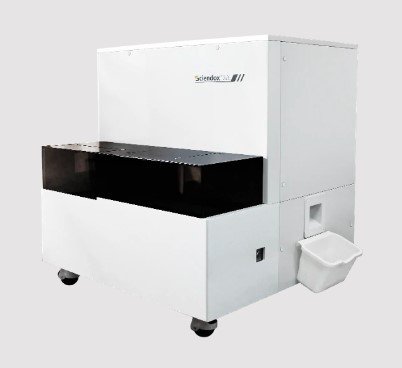Ensuring OSHA Compliance for Phlebotomists: Key Steps and Guidelines
Summary
- Understanding OSHA Regulations is crucial for phlebotomists to ensure a safe work environment
- Following proper safety protocols, using PPE, and maintaining cleanliness are key steps in compliance
- Ongoing training, education, and communication with colleagues are essential in upholding OSHA standards
Introduction
As a phlebotomist in the United States, it is vital to maintain compliance with Occupational Safety and Health Administration (OSHA) Regulations in the workplace. OSHA is responsible for enforcing safety and health standards to protect workers in various industries, including healthcare. In this article, we will discuss the importance of OSHA compliance for phlebotomists and outline the steps you can take to ensure a safe work environment.
Understanding OSHA Regulations
OSHA Regulations are designed to protect workers from hazards in the workplace and ensure their safety and well-being. As a phlebotomist, you must be familiar with OSHA standards related to bloodborne pathogens, chemical hazards, and other safety protocols. Some key Regulations to be aware of include:
- Bloodborne Pathogens Standard
- Hazard Communication Standard
- Personal Protective Equipment (PPE) requirements
- Workplace violence prevention
Steps to Maintain Compliance
1. Follow Proper Safety Protocols
One of the most important steps in maintaining OSHA compliance as a phlebotomist is to follow proper safety protocols when performing blood draws and handling potentially infectious materials. This includes:
- Proper Hand Hygiene before and after patient contact
- Using appropriate PPE such as gloves, gowns, and masks
- Disposing of contaminated sharps and biohazardous waste in designated containers
- Following proper procedures for specimen collection and transportation
2. Maintain Cleanliness
Keeping your workspace clean and organized is essential for preventing the spread of infections and maintaining a safe work environment. Some key practices to follow include:
- Cleaning and disinfecting surfaces and equipment regularly
- Properly labeling and storing chemicals and hazardous materials
- Ensuring proper ventilation in the work area
3. Engage in Ongoing Training and Education
Staying up-to-date on the latest OSHA Regulations and best practices is essential for ensuring compliance as a phlebotomist. Participating in ongoing training and education opportunities can help you stay informed about changes in Regulations and improve your skills in infection control and safety protocols. Some ways to stay informed include:
- Attending workshops and conferences on workplace safety
- Participating in Online Training courses and webinars
- Engaging in discussions with colleagues and superiors about safety concerns
4. Communicate with Colleagues
Effective communication with your colleagues is key to maintaining a safe work environment and ensuring compliance with OSHA Regulations. Some ways to communicate effectively include:
- Discussing safety concerns and sharing best practices with your team
- Reporting any potential hazards or safety violations to your supervisor
- Collaborating with other healthcare professionals to develop and implement safety protocols
Conclusion
As a phlebotomist in the United States, it is your responsibility to maintain compliance with OSHA Regulations to ensure a safe work environment for yourself, your colleagues, and your patients. By following proper safety protocols, maintaining cleanliness, engaging in ongoing training and education, and communicating effectively with your team, you can help prevent workplace injuries and illnesses and uphold the highest standards of safety and professionalism in your practice.

Disclaimer: The content provided on this blog is for informational purposes only, reflecting the personal opinions and insights of the author(s) on the topics. The information provided should not be used for diagnosing or treating a health problem or disease, and those seeking personal medical advice should consult with a licensed physician. Always seek the advice of your doctor or other qualified health provider regarding a medical condition. Never disregard professional medical advice or delay in seeking it because of something you have read on this website. If you think you may have a medical emergency, call 911 or go to the nearest emergency room immediately. No physician-patient relationship is created by this web site or its use. No contributors to this web site make any representations, express or implied, with respect to the information provided herein or to its use. While we strive to share accurate and up-to-date information, we cannot guarantee the completeness, reliability, or accuracy of the content. The blog may also include links to external websites and resources for the convenience of our readers. Please note that linking to other sites does not imply endorsement of their content, practices, or services by us. Readers should use their discretion and judgment while exploring any external links and resources mentioned on this blog.
